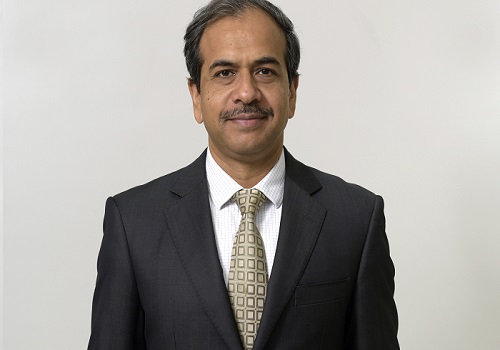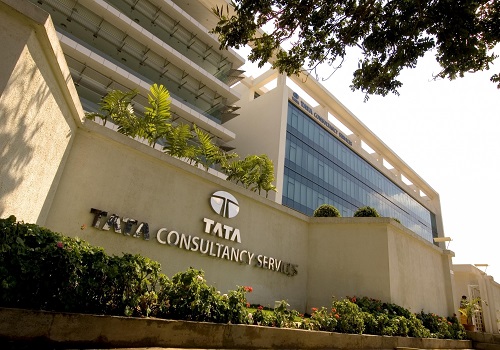Union Budget Expectations : Execution rather than transformation - Rahul Singh, Tata Mutual Fund

Follow us Now on Telegram ! Get daily 10 - 12 important updates on Business, Finance and Investment. Join our Telegram Channel
By Rahul Singh, CIO-Equities, Tata Mutual Fund
Union Budget 2021 surprised positively in terms of the counter-cyclical fiscal stance, focus on growth through investment cycle and privatisation. After that kind of an inflexion in Government’s approach towards rekindling the investment cycle (further supported by the success achieved In PLI schemes so far), we expect the 2022 Budget to be more of a consolidation one. The focus is likely to be on execution of the elements of the Budget 2021 i.e. Bad Bank, Privatisation, steps for including G-secs in Government bond index, etc.
The attempt to revive investment cycle is much needed to sustain GDP growth at a higher trajectory of 7% and we are seeing visible early signs of investment revival in private sector. It should be noted that economic growth had declined to 4% pre-pandemic and therefore the shift towards accommodative fiscal policy (in addition to monetary policy) is critical especially if the thrust of the additional spending continues to be on capital account rather than revenue expenditure. However, given the pressure on informal/MSME sector and recent commentary from consumer sector companies about lacklustre rural demand, social spending and higher subsidies are likely to continue in the upcoming Budget. Similarly, changes in direct taxation, if any, are likely to be minimal and targeted towards lower income segments. The good news is that the strong economic recovery has resulted in robust revenue collections which will gives the much-needed elbow room and confidence to the government to provide for higher capex growth and social sector spending (employment guarantee and cash transfer schemes). And all this is potentially achievable even while setting a moderately lower fiscal deficit target for FY23 vs. 6.5% that was budgeted for FY22.
The aggressive pivot on privatisation is another step in the right direction and provides options for funding the increased public spending over next 2-3 years. However, the progress has been slow, hence government’s resolve and next steps would be keenly watched including the privatisation of public sector banks. More has been announced on asset monetisation where execution remains key. Power distribution privatisation is also progressing at the individual state level.
The change in global supply chain dynamics post-pandemic has also provided India the opportunity; the PLI scheme has gathered momentum and related pick up in investment activity is already visible especially in electronics. In addition, demand revival and lower cost of funding is also leading to green shoots in private capex for example Cement, Autos, EV and Renewable. We expect the Budget to renew its thrust in attracting more manufacturing investments especially in upstream components.
In addition to the above, we expect the following three areas which will be in focus in terms of plans, incentives and investments.
- Renewables: Significant focus is likely on renewable energy including manufacturing of generation and storage components. Large investment announcements have already been made by conglomerate business groups and the momentum is likely to provided further thrust in the budget.
- Healthcare- The under-investment in the healthcare sector has been apparent during Covid. The focus on governments pending on healthcare is likely to remain high apart from incentives for private sector.
- Housing –Real estate is witnessing a revival in demand led by low real rates and improving affordability apart from pent-up need for housing especially post-Covid. We expect Government to continue to be supportive towards the sector in terms of taxation and funding.
In summary, Indian corporate sector is witnessing one of the few years where the earning expectations are of high teens CAGR during FY20-23 and is being led by multiple sectors. Inaddition, theseprofit estimates have largely remained steady over last 9-12 months, indicating the broad-based nature of the recovery.The revival in investment cycle has only increased the visibility of the profit growth estimates for FY23 and beyond. The Union Budget should endeavour to support thisphase by improving execution of what has already been announced and adding more to what seems to be working.
Above views are of the author and not of the website kindly read disclaimer












 320-x-100_uti_gold.jpg" alt="Advertisement">
320-x-100_uti_gold.jpg" alt="Advertisement">








